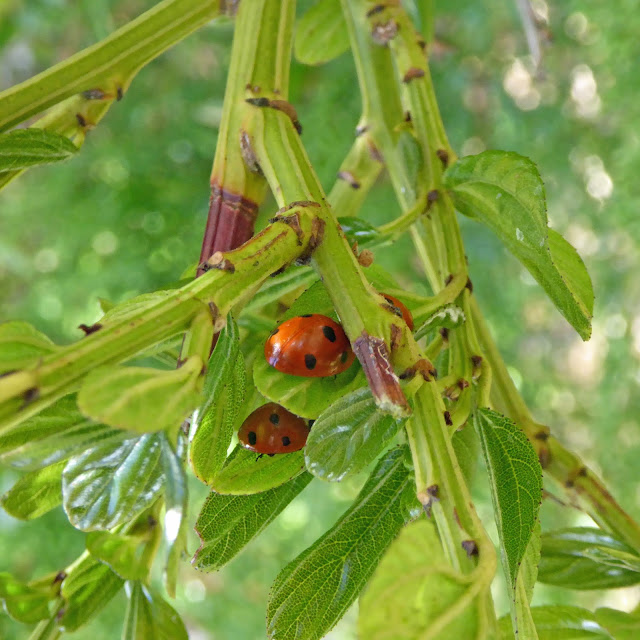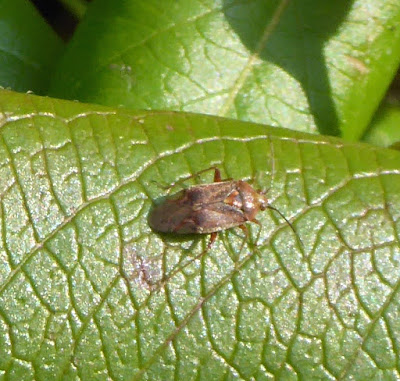I spent a book token on Blake Morrison's recent poetry collection, Shingle Street, and decided it was time to pay another visit to this windswept stretch of Suffolk coast by the mouth of the River Ore. It is highly regarded for its biodiversity.
As you can see, it is a place where the tide comes in and out in strange ways around the shingle.
There are plenty of unusual saltmarsh plants, many of them just beginning to re-grow after the winter.
I believe this is Biting Stonecrop,
Sedum acre.
The seals, however, were the show-stealers as they rested on the shingle ridges ...
... or swam along the shore.
The gull seemed to be keeping an eye on this Common Seal.
There were stunning birds to watch, like this Redshank ...
... and the sound of birdsong from the air made us realise that spring has truly arrived. The vernal equinox has come and gone and clocks in the UK move forward this coming Saturday night, which is also Easter Eve.
We have enjoyed seeing the Meadow Pipits here before. Wonderful camouflage (above)!
There were a couple of Little Egrets, though I had to extend my zoom to get these record shots.
Look how 'fluffed up' this bird seems to be!
We wondered whether the tide would force the seal off its ridge.
Through the strange and ever-changing light, we could make out the poignant shape of the
Orfordness Lighthouse. The last keepers left in 1965, some five years after electrification. I remember its decommissioning back in 2013: it seemed a sad day. The structure we see dates from 1792, but who knows how much longer its stately tower will grace our shoreline.



















































